Guide to CCTV Installations
A Guide to CCTV Installations for Home and Business Security
In today’s world, security is paramount. Whether you’re a homeowner or a business owner, safeguarding your property and assets is a top priority. CCTV installations have become a powerful tool in achieving this objective. This comprehensive guide from SECURETECH NIGERIA delves into the world of CCTV installations, providing valuable insights for both residential and commercial applications.
Benefits of CCTV Installations
CCTV systems offer a multitude of benefits, making them a worthwhile investment for enhanced security:
- Deterrent Effect: The visible presence of CCTV cameras often discourages potential criminal activity. Criminals are less likely to target properties equipped with surveillance cameras, as the risk of being caught on camera and subsequently identified is significantly higher.
- 24/7 Surveillance: One of the most significant advantages of CCTV systems is their ability to monitor your property around the clock, even when you’re away. With continuous surveillance, you can rest assured that your premises are being watched at all times, providing a constant layer of protection against security threats.
- Evidence Collection: In the unfortunate event of theft, vandalism, or other incidents, CCTV cameras serve as invaluable tools for capturing vital footage that can aid in investigations and evidence collection. High-definition video recordings provide clear visual evidence of perpetrators and their actions, helping law enforcement agencies identify and apprehend suspects.
- Remote Monitoring: With advances in technology, modern CCTV systems offer the convenience of remote monitoring, allowing users to access live footage and recordings from anywhere via smartphones, tablets, or computers.
- Peace of Mind: Perhaps the most valuable benefit of CCTV installations is the peace of mind they provide to homeowners and business owners alike. Knowing that your property is under constant surveillance can alleviate concerns about security breaches, intrusions, and property damage.
Planning Your CCTV Installation
Before embarking on a CCTV installation, careful planning is crucial. Here are some key considerations:
- Needs Assessment: Determine your specific security requirements and the areas that need monitoring.
- Budget: Allocate a realistic budget for the CCTV system, installation, and ongoing maintenance.
- Camera Selection: Choose the appropriate camera types based on your needs (discussed in detail later).
- System Features: Decide on desired features like night vision, motion detection, and remote access.
- Professional Installation: Consider seeking assistance from a qualified CCTV installation company like SECURETECH NIGERIA for optimal results.
How to Install CCTV Cameras
While DIY CCTV installations are possible, professional assistance is often recommended for a seamless and secure setup. Here’s a basic overview of the installation process:
- Choosing the Right Location: Strategically position cameras to cover critical entry points, vulnerable areas, and common activity zones.
- Mounting the Cameras: Securely mount the cameras using appropriate brackets and fixtures suitable for the chosen location (indoors, outdoors, etc.).
- Connecting the Cameras: Connect the cameras to the recording system using cables or wirelessly, depending on the system type.
- Setting Up the Recording System: Configure the recording system according to your preferences, including storage capacity, recording schedules, and remote access settings.
CCTV Camera Types
Understanding the different types of CCTV cameras available is essential for making an informed decision:
- Wired vs. Wireless Cameras: Wired cameras offer a more stable connection, while wireless cameras provide greater flexibility but may be susceptible to interference.
- Bullet vs. Dome Cameras: Bullet cameras are ideal for outdoor use, while dome cameras offer a more discreet design suitable for indoor applications.
- Day/Night Cameras: These cameras provide clear footage in both well-lit and low-light conditions.
- High Definition (HD) Cameras: HD cameras offer superior image quality for better identification and recognition.
Choosing the Right CCTV System for You
The ideal CCTV system for you depends on several factors:
- Budget: Systems range from basic setups to feature-rich options with varying price points.
- Property Size: The number of cameras and their placement will depend on the size and layout of your property.
- Desired Features: Consider features like night vision, motion detection, remote access, and mobile app compatibility.
Conclusion: The Peace of Mind of CCTV Security
By implementing a well-planned and strategically placed CCTV system, you gain significant advantages in safeguarding your home or business. The ability to monitor your property remotely, collect evidence in case of incidents, and deter potential criminal activity provides invaluable peace of mind.
SECURETECH NIGERIA is a leading provider of top-tier CCTV installation services in Nigeria. We offer expert guidance, high-quality equipment, and professional installation, ensuring a comprehensive and reliable security solution for your needs. Contact us today to discuss your specific requirements and discover how CCTV installations can bring you the peace of mind you deserve.
